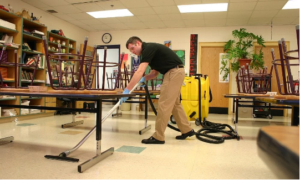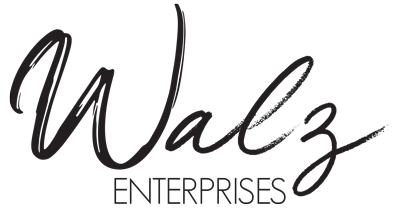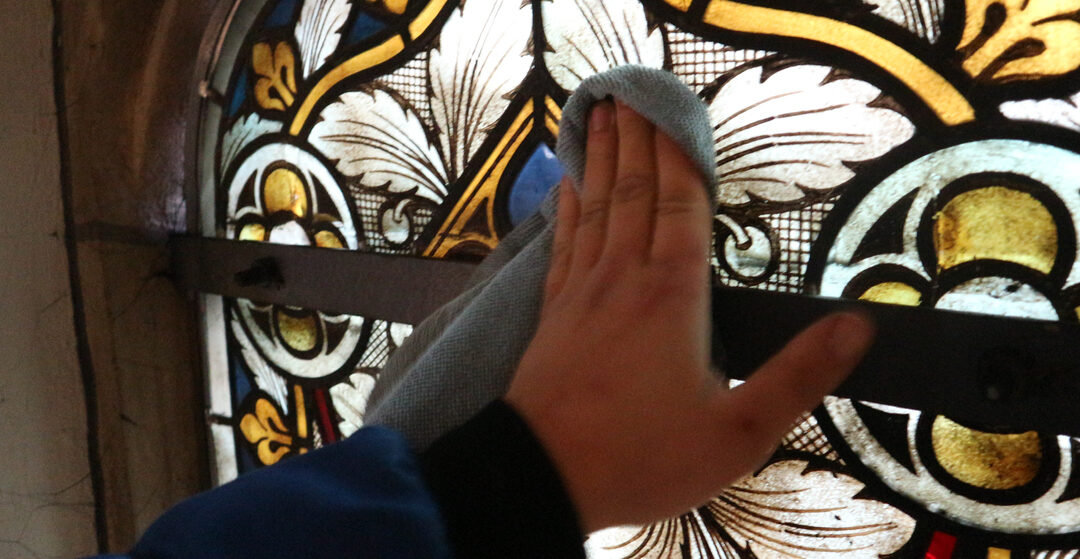Every setting has its own commercial cleaning challenges. This is especially true in a place of worship, where clean sanctuaries, religious education rooms, social halls and bathrooms invite members and guests to feel welcome. After all, cleanliness reflects confidence and pride. Not only that but in today’s world, cleanliness is also equated with health.
Many houses of worship have maintenance staff who are responsible for repairs and, sometimes, basic cleaning. A professional cleaner is usually brought in regularly to attend to important and specific cleaning tasks. Based on our own professional cleaning experience at Walz Enterprises, here are 5 ways a good commercial cleaner approaches a worship setting:

(Photo courtesy of Religious Product News)
- Start with a plan. A custom plan will include regular cleaning chores, but also special or deep cleaning that’s done periodically. The plan addresses the frequency of regular cleaning and the times of the year when deep cleaning, such as carpet cleaning or upholstery cleaning, is done. The plan also lists expectations for special areas, such as the religious education wing, the communal kitchen, meeting rooms, the library and the altar area.
- Expect professional grade equipment and products. The best equipment that uses carefully formulated cleaning solutions makes a vital difference. Surfaces must be made not only dust-free but also germ-free to reduce disease transmission. This disinfectant cleaning is especially essential in high-germ-potential areas: restrooms and religious education rooms, water fountains, elevator panels and light switch plates.
- Attend high-touch areas. Houses of worship have unique communal areas of high touch where germs are easily spread, such as entrance doors, railings in stairwells, pew and seating rails, and window wells. Toys or learning aids in the education wing are also high-touch items, along with mats and lunch trays.
- Pay special attention to bathrooms. Bathrooms of course get a lot of traffic and can be places of germ spread. Professionals should clean and then disinfect all floors, counters, baby tables, sinks, toilets, faucets and handles, stall walls and doors, and handles and knobs. Part of cleaning is to refill towel, soap and sanitizing dispensers.
- Focus on the religious offices. The administrative offices are used frequently and deserve the same thorough cleaning that any commercial office gets. This includes cleaning and sanitizing desktops, computer keyboards and computer screens in addition to emptying the trash and cleaning the copy machine surfaces and controls.
A key consideration with place of worship cleaning is timing. The cleaning company should be clear on when they should be onsite so as not to interfere with worship activities and related events, but at the same time be onsite to prepare the setting for its busiest times.

